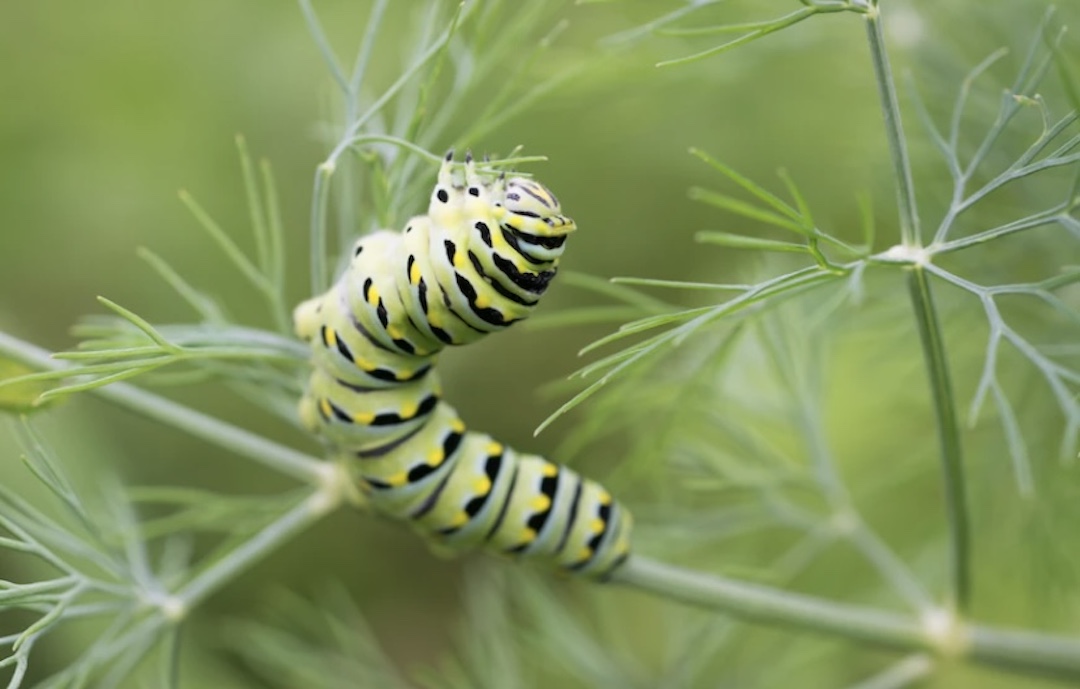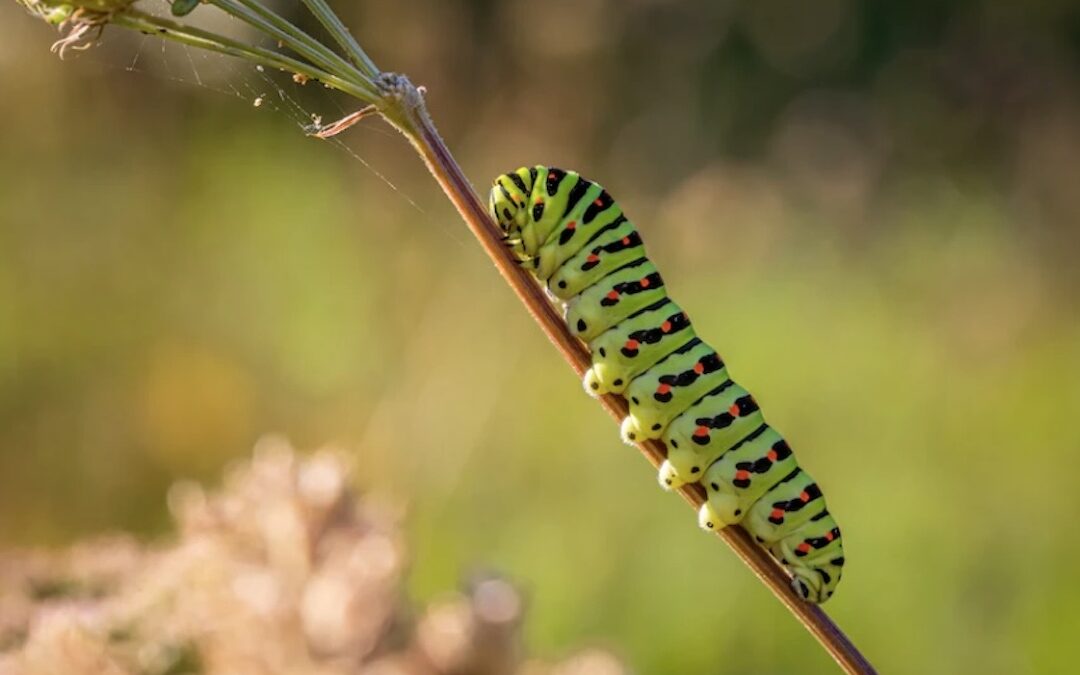Caterpillars could be the key to reducing Australia’s plastic waste, according to a recent study from Macquarie University.
The research, undertaken as part of a collaboration between Macquarie University researchers and enviro-tech startup Samsara Eco, has made significant progress towards developing recycling practices for highly-damaging single-use plastics. And the results are astounding.

Australia’s plastic plight
Each year, Australians are responsible for consuming 1 million tonnes of single-use plastic. Around 130,000 tonnes of this plastic ends up in the ocean and other marine environments, resulting in higher levels of carbon emissions and threatening the life of local marine animals. Australia recycles only 18 percent of its plastic packaging, with the rest ending up in landfill or as litter in our precious natural environments.
In fact, unless serious action is taken, experts believe that the amount of plastic in our oceans will outweigh the number of fish by 2050. This scary statistic has propelled many scientists into action in order to find sustainable solutions for plastic waste. And for a team from Macquarie University, the results are already sparking hope.

Analytics and answers
The new research is thanks to a collaboration between Microbiologist and ARC Future Fellow Associate Professor Amy Cain, as well as partners such as Samsara Eco.
Amy was granted around $675,000 as part of the Australian Research Council’s Linkage Projects scheme to fund her work on polyurethane (PU) recycling.
According to Amy, “PU is ubiquitous in our lives, from lacquer coatings and elastane clothing to durable foam padding in car seats, cushions and mattresses.”
“There are currently few avenues for recycling and much ends up in landfill.”
In fact, the only method for recycling PU currently involves re-using the material in other products like benches. However, this is only achievable once, as the process erodes the integrity of the plastic and limits its capabilities.
Equally, some forms of PU aren’t recyclable at all. Polyurethane foam is used in mattresses, car seats and more. However, there are currently no process through which to recycle this material. And as mattresses can hold up to 20 kilos of foam, this can result in large amounts of waste ending up in landfills

PU can also be found in products such as mattress foam, and is typically difficult to recycle
Clever caterpillars
In an exciting discovery, however, Associate Professor Amy Cain and her partners found that there are some insects that can naturally support the biodegradation of PU.
Using molecular discovery, microbe bioprospecting and synthetic biology, the scientists found that insects have developed the capacity to break down plastics and other synthetics over a long process of evolution. In Macquarie University’s Applied Biosciences laboratories lives the only fully-functional facility for Galleria caterpillars, one such insect that is capable of breaking down single-use plastic.
“Galleria caterpillars attack beehives in Europe and eat the wax which has a similar chemical structure to polyurethane”, Associate Professor Amy Cain explains.
“We are figuring out how they do what they do, picking out the relevant enzymes then creating platforms – in this case synthetic microbes – that eat the plastic more efficiently than the original.”
The team is currently working to better understand this process of plastic biodegradation, and how it can be utilised to sustainably recycle PU. If it is possible to turn PU into other plastics or biofuels, it may result in continued life for this otherwise harmful product.
“This process, which translates nature’s solutions into flexible and efficient synthetic enzyme technologies, will allow plastics to be infinitely recycled,” Amy adds.
The team believes that waste products such as carbon dioxide and water can serve as feedstock for other processes and products, giving them a renewed purpose and limiting the damage to the environment.
Excitingly, these caterpillars can break down more than just traditional single-use plastics. When they were fed polyurethane foam, they were able to eat through roughly 95 percent in less than three days.
According to Amy, “The caterpillars’ appetite for plastics is so great that they will even eat right through plastic cages, and have to be kept under lock and key in glass and metal enclosures.”
“Once we fully understand how they are doing this, we will take out the active component and create a safe, synthetic microbe that can be scaled up to become industrially relevant.”
It’s an exciting prospect, and one which many experts believe will lead to more permanent recycling solutions.
To discover another clever project fighting to reduce Australia’s waste, click here.

